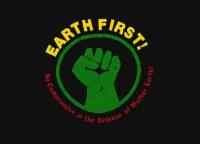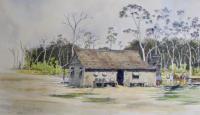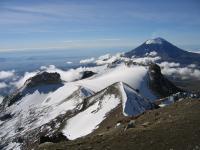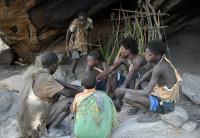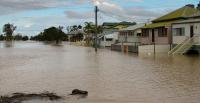Show search results for
Tributaries of Radical Environmentalism before Earth First! | Radical Environmentalism’s Print History
Bron Taylor discusses books, authors, and other streams of American counterculture which had significant impacts on radical environmentalism and the founding of the Earth First! movement.
Internationalism in the Heart of Africa? The Albert National Park / Virunga National Park
The Virunga National Park (Democratic Republic of the Congo) is still partially influenced by imaginaries developed in the 1920s.
Small Farmers, Their Association, and the Transformation of the Australian Sugar Industry
This article shows how rural collective action in tropical Australia transformed plantations into small farms in the late nineteenth century.
Mapping | Risk and Militarization
The cartography of nuclear bombings and nuclear waste can be understood and visualized in different ways depending on who is drawing the map. This is a chapter of the virtual exhibition “Representing Environmental Risk in the Landscapes of US Militarization” by literary scholar Hsuan L. Hsu.
Resources and Revolution: Mexico’s Iztaccíhuatl and Popocatépetl National Park
On 8 November 1935, Mexico’s president, Lázaro Cárdenas (1934–1940), established the Iztaccíhuatl and Popocatépetl National Park, the first of nearly forty national parks he would create within the next few years. By 1940, Mexico had more parks than any other country in the world.
From Wilderness to Breeding Farms: The Domestication of the Chinchilla lanigera
When Mathias Chapman opened his first chinchilla breeding farm in Southern California, he also saved the fur trade industry.
Threats to the Hadzabe and Why We Should Care
A look at the sociopolitical and environmental threats facing the Hadzabe hunter-gatherers in the Eyasi Basin, Tanzania.
River Rights at Rockhampton (a Rhetoric)
Rivers need property rights so that humans can live with floods.



